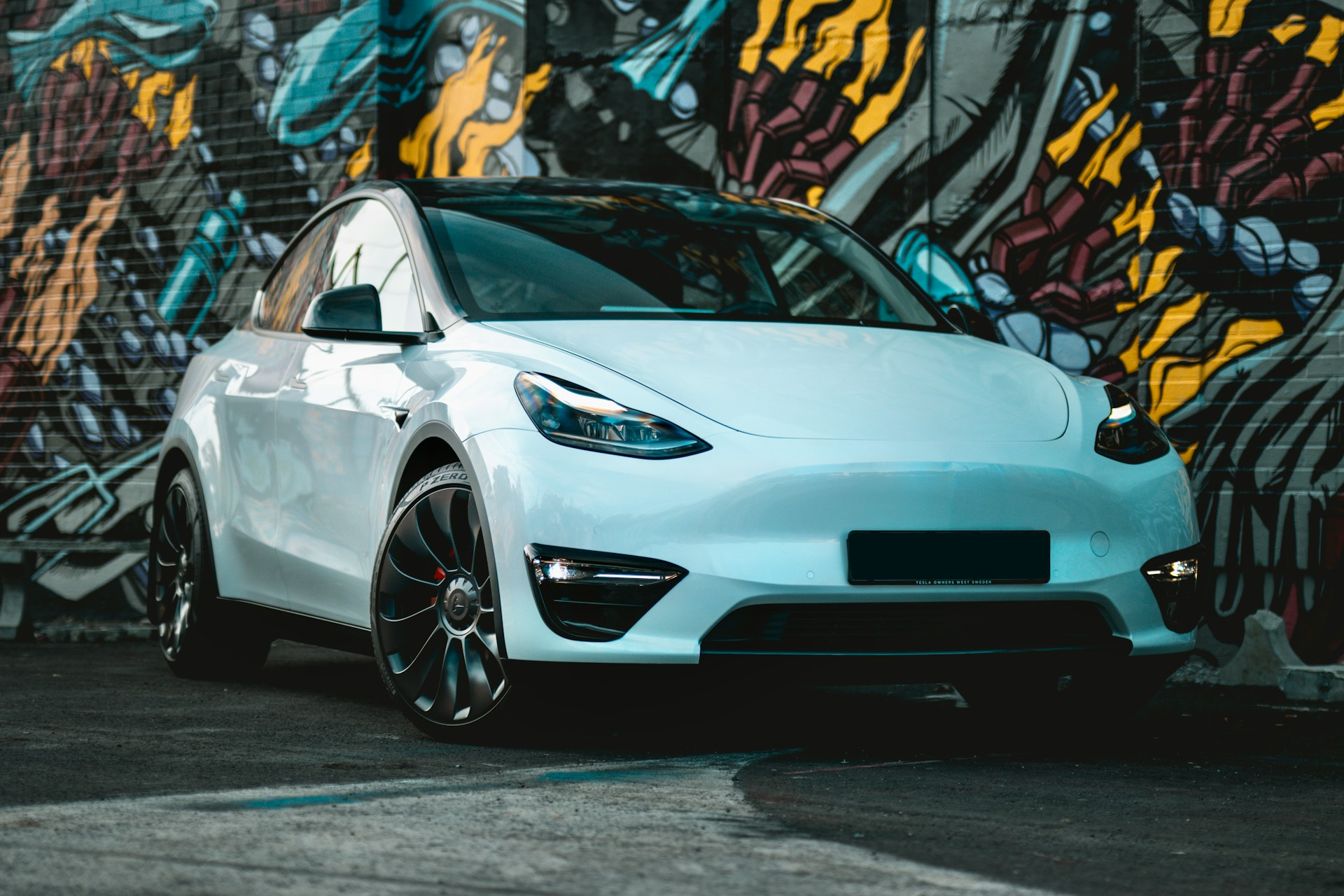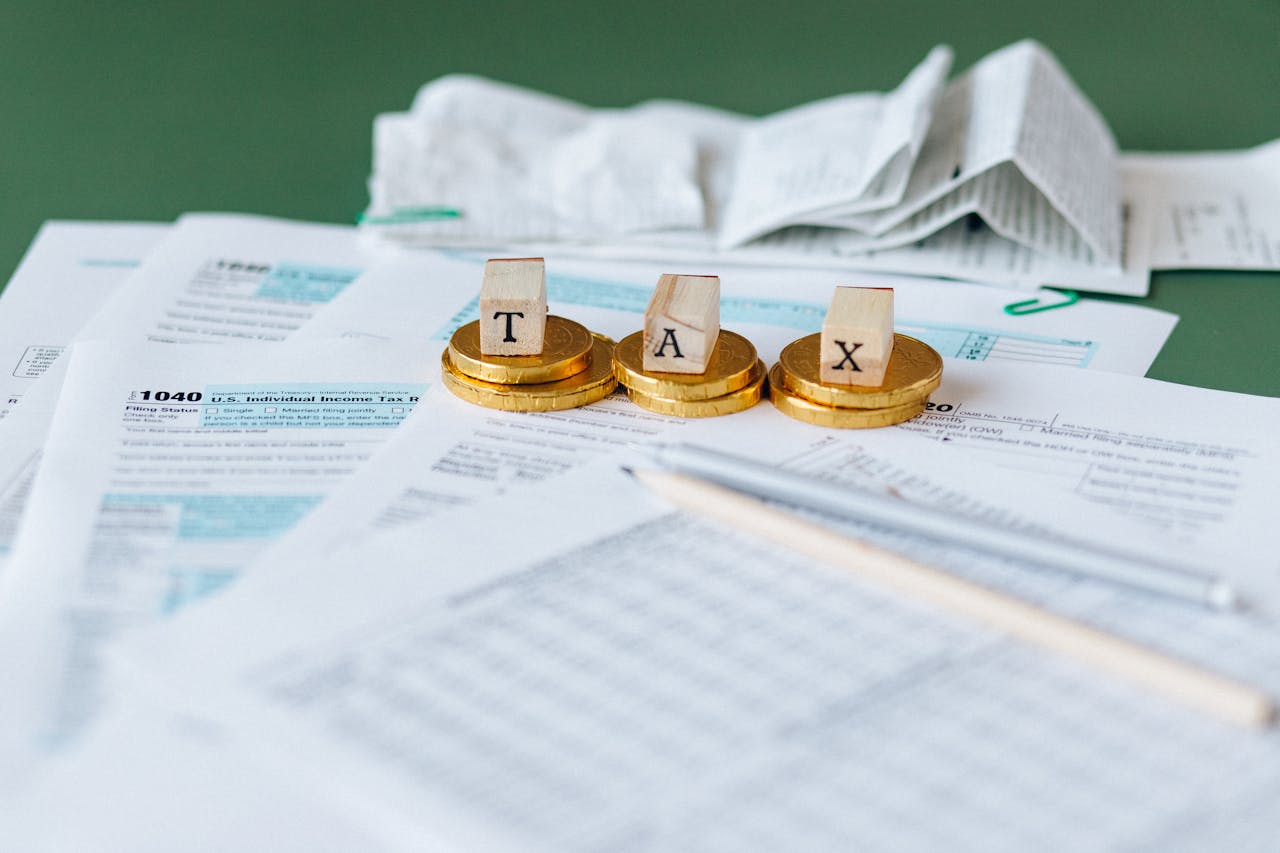After years of speculation, rumors, tweets, and protracted negotiations, Tesla has officially made its grand entrance into the Indian automotive landscape. The buzz was electric—quite literally—when Tesla launched the Model Y with a high-profile showroom in Mumbai. Enthusiasts and prospective buyers eagerly awaited this moment, anticipating a revolution in India’s EV ecosystem. But almost immediately, the spotlight shifted from the car’s sleek design and cutting-edge technology to something far less glamorous: the astronomical price tag. Starting at nearly ₹60 lakh, even the most devoted Elon Musk fans found themselves grappling with sticker shock.

1. What You Get with the Tesla Model Y
The Model Y is Tesla’s bestselling electric SUV worldwide. Praised for its combination of range, performance, and tech, it has redefined what electric vehicles can offer. For Indian buyers, Tesla is introducing two main variants:
- Standard RWD Model Y: Offers approximately 500 kilometers of real-world range on a single charge, and can accelerate from 0 to 100 km/h in just 5.9 seconds.
- Long-Range RWD Model Y: Extends the range further to around 622 kilometers with a slightly quicker acceleration time of 5.6 seconds from 0 to 100 km/h.
- Features: Both variants come packed with Tesla’s industry-leading Autopilot system, a massive 15.4-inch touchscreen infotainment display, panoramic glass roof, over-the-air software updates that keep your car improving without a dealership visit, and dual-zone climate control to keep driver and passenger comfortable.
And, let’s be honest: the prestige of owning a Tesla — the brand that’s synonymous with innovation — definitely adds to the appeal.
2. The Sticker Shock Is Real
Internationally, the Model Y has earned the reputation of being Tesla’s “affordable” electric SUV. In the United States, it starts at about $44,000 — roughly ₹37 lakh at current exchange rates. In India, however, that number inflates dramatically, with the base Model Y priced at ₹59.89 lakh. The Long-Range variant is even more expensive, climbing to ₹67.89 lakh. This huge difference is enough to make any potential buyer do a double take.
The online reaction was swift and creative: social media users began calling it “TAX-LA,” poking fun at the high tax and duty burden that inflates the price beyond the base cost of the car. Memes and jokes aside, the high pricing poses a real challenge to Tesla’s goal of capturing a significant share of India’s growing EV market.
3. Breaking Down the Tesla Dream in India
Despite the daunting price, the excitement around Tesla’s India launch remains palpable. Bookings are open, and Tesla has announced that deliveries of the RWD Model Y will commence by September. But the elephant in the room remains: why does a car that costs $44,000 in the U.S. end up costing ₹67 lakh here? To understand this, we need to dig into India’s complex tax and import duty structure.
India’s automotive taxation system, especially for imported vehicles, is one of the highest in the world. While this is partly aimed at encouraging domestic manufacturing and protecting local businesses, it significantly impacts buyers who want to purchase imported EVs like the Tesla Model Y.
4. Wait, Is That All Just Tax?
Almost. Here’s a detailed look at what you’re actually paying for when you buy a Tesla Model Y in India:
- Base Price (before tax): Approximately ₹34–35 lakh, which represents the cost of the vehicle from Tesla’s Shanghai factory plus shipping and logistics.
- Import Duty (Approx. 70%): India levies a steep customs duty on imported cars, which can range from 60% to 100% depending on the vehicle price. For Tesla, this roughly translates to ₹24–25 lakh added to the cost.
- GST (Goods and Services Tax) at 28% plus Compensation Cess at 15%: These taxes are applied on the assessed value after customs duties. Together, they add another ₹17–19 lakh on top.
- Registration, administrative, and delivery charges: Typically ₹1–2 lakh, depending on the state and dealer charges.
All of these components add up to the final price you see — nearly double the base price of the vehicle.
5. Final Price Math
Total tax and duty component: Roughly ₹28–30 lakh on a ₹60 lakh car. This means about 50% of the amount you pay is government tax and duties.
Put simply: When you buy a Tesla in India, you’re essentially buying two Model Ys — one for yourself, and one to satisfy the government’s tax revenue requirements.

6. Why Are Taxes So High on Imported Cars in India?
India’s tax policy on imported vehicles is influenced by multiple factors:
- Protecting Domestic Manufacturing: High import duties are meant to encourage foreign automakers to set up local manufacturing units. India aims to become a hub for electric vehicles, and taxing imports heavily pushes companies toward local assembly or production.
- Revenue Generation: Vehicles are luxury goods in India and have historically been taxed heavily to increase government revenues.
- Environmental Policies: While EVs receive some incentives, imported luxury EVs are still taxed heavily because they are considered high-value goods.
These tax policies, while well-intentioned, make imported cars prohibitively expensive for many buyers.
7. The Potential for Local Manufacturing
One of the biggest hopes for Indian Tesla fans is the start of local manufacturing. If Tesla sets up a Gigafactory or assembly line in India, the import duties would drastically decrease or disappear, allowing for much lower prices. This has been the model for other automakers who started manufacturing locally to avoid import duties and better compete in the Indian market.
However, Tesla has not yet confirmed firm plans to begin manufacturing in India, making the high prices an ongoing concern.
8. What This Means for the Indian EV Market
Tesla’s arrival is a significant milestone for India’s EV ambitions. The brand’s presence raises awareness, pushes technological standards higher, and creates a halo effect for electric mobility. However, the current pricing means Tesla will remain a niche product for wealthy buyers, rather than the mass-market disruptor it is elsewhere.
Still, Tesla’s presence could accelerate the government’s push to revise tax structures and boost EV manufacturing incentives.
9. Financing Your Tesla: Understanding EMIs and Loans
Given the high upfront cost, many buyers look toward financing options. Car loans spread the cost over months or years, but it’s important to understand what your monthly commitments might look like.
This is where a reliable EMI calculator comes in handy. By inputting your loan amount, interest rate, and loan tenure, you can instantly get an estimate of your monthly payments and plan your finances accordingly.
Try our Car Loan EMI Calculator today to see how owning a Tesla Model Y fits into your budget.
10. The Road Ahead: What to Expect
Tesla’s launch in India signals a new era, but also highlights the hurdles electric vehicle adoption still faces. The government and industry stakeholders will need to work together to reduce tax barriers, build charging infrastructure, and promote local manufacturing.
Meanwhile, potential buyers must weigh the benefits of cutting-edge EV technology against the premium price they’ll pay — much of which is tied to taxes and duties.
Wondering how much your monthly EMI would be for a Tesla Model Y?
Use our Car Loan EMI Calculator to instantly estimate your monthly payments based on your loan amount, interest rate, and tenure.
Planning your dream EV purchase just got easier!
Conclusion: Future Looks Bright (But Still Expensive)
Tesla’s arrival in India is an important milestone. The technology, brand presence, and excitement finally landed on Indian soil. Yet, unless Tesla moves quickly to establish local production, the hefty tax burden means prices will remain prohibitively high for most consumers.
So, while the dream of an affordable “mass-market Tesla” remains just that — a dream — the journey towards a cleaner, electric future is undeniably underway.
Still thinking about that ₹60 lakh price tag? Remember, nearly half of it isn’t for the car itself — it’s the price of crossing India’s import tax border.